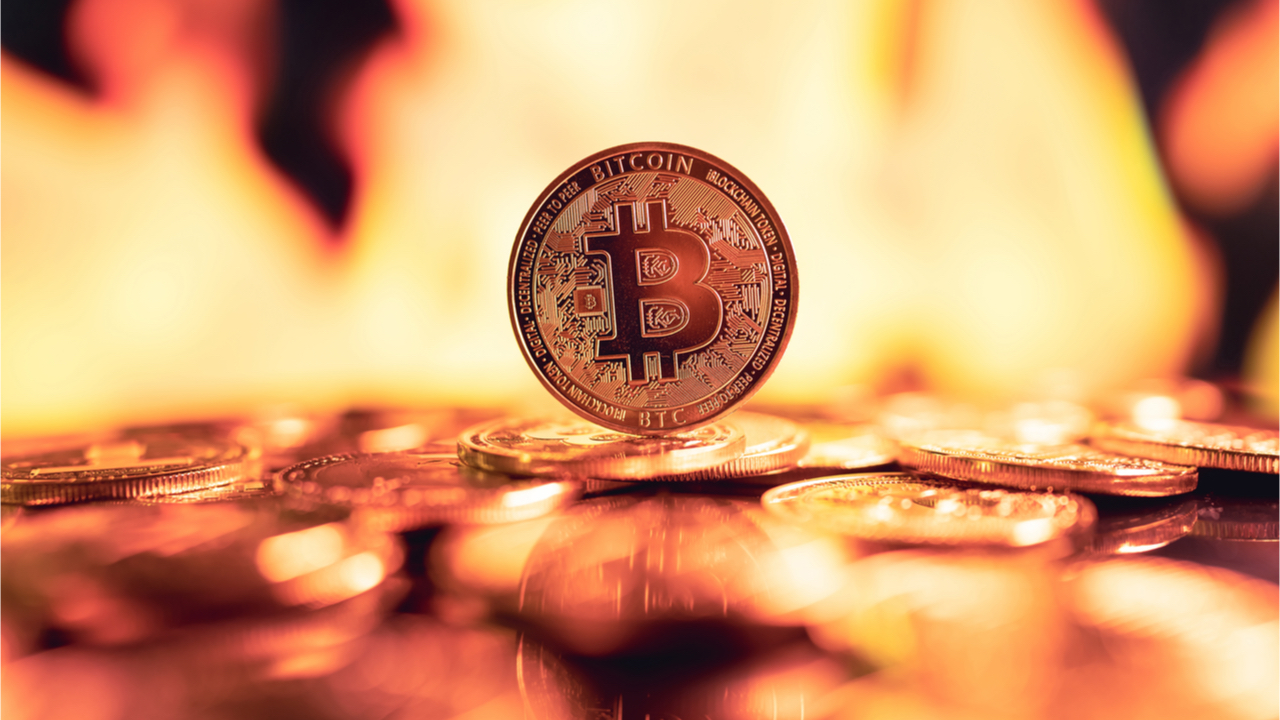
Binance permanently destroyed $547 million worth of BNB in its 21st quarterly burning event, but the markets remain steady.
Crypto exchange platform Binance has concluded its 21st quarterly Binance Coin (BNB) burn, eliminating around $547 million worth of BNB tokens from its supply.
In an announcement, Binance said that it had destroyed a total of 2,065,152 BNB tokens which is valued at just below $600 million at the time of writing. The exchange also mentioned that an added 4,833.25 BNB was burned through its Pioneer Burn Program, a mechanism that helps users who lost their digital assets through honest mistakes.
The exchange covers these losses and returns the tokens to users, depending on specific conditions. These tokens are then deducted from the total quarterly burn by Binance.
#Binance Completes 21st Quarterly #BNB Burn!
— Binance (@binance) October 13, 2022
2.06m #BNB has been burned pic.twitter.com/VHvt1E4FzB
Previously, Binance committed to burning 20% of its profits for each quarter. With the latest burn, the exchange could have profited by $2.7 billion during the third quarter of 2022.
The 21st quarterly BNB burn is one of the biggest amounts burned in BNB burn history in terms of its fiat value. Back in 2021, around $600 million in BNB was burned, marking the largest BNB burn record.
Despite the massive amount burned, the burning efforts don't seem to have a huge impact on the Binance Coin markets at the moment, with BNB prices moving slowly downward along with the rest of the crypto market.
Related: Binance introduces BNB Auto-Burn to replace quarterly burn protocol
On Oct. 3, the exchange also owned up to its commitment to help the Terra Luna Classic (LUNC) investors by burning LUNC trading fees collected on its LUNC/BUSD and LUNC/USDT spot and margin pairs. The exchange announced that in the initial burn, around $1.8 million worth of LUNC tokens were burned.
While some parts of the community are burning tokens, some are burning artworks worth millions of dollars. On Oct. 12, British artist Damien Hirst set some of his physical artworks ablaze during a livestream to complete his nonfungible token (NFT) project called "The Currency."





